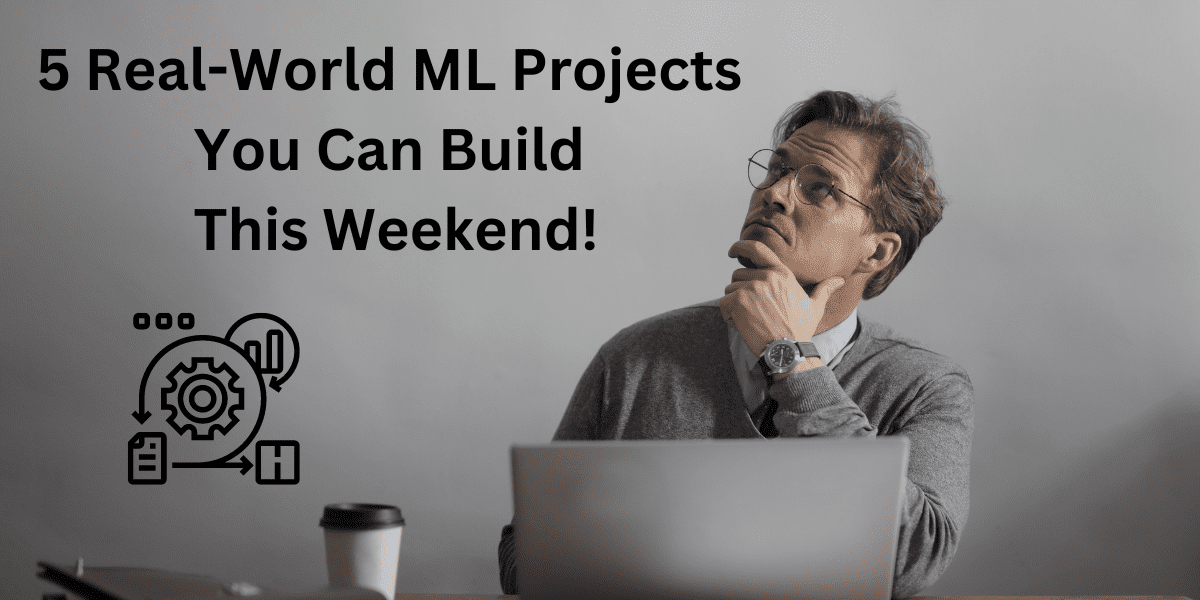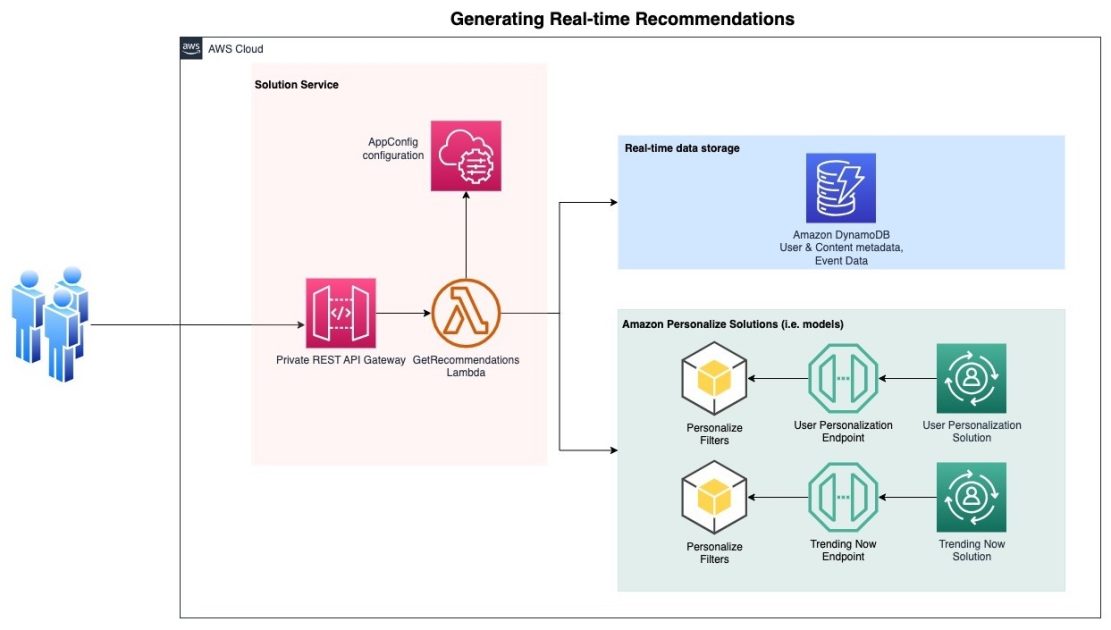5 Real-World Machine Learning Projects You Can Build This Weekend
Image by Author | Created on Canva
Building machine learning projects using real-world datasets is an effective way to apply what you’ve learned. Working with real-world datasets will help you learn a great deal about cleaning and analyzing messy data, handling class imbalance, and much more. But to build truly helpful machine learning models, it’s also important to go beyond training and evaluating models and build APIs and dashboards as needed.
In this guide, we outline five machine learning projects you can build over the weekend (literally!)—using publicly available datasets. For each project, we suggest:
- The dataset to use
- The goal of the project
- Areas of focus (so you can learn or revisit concepts if required)
- Tasks to focus on when building the model
Let’s dive right in!
1. House Price Prediction Using the Ames Housing Dataset
It’s always easy to start small and simple. Predicting house prices based on input features is one of the most beginner-friendly projects focusing on regression.
Goal: Build a regression model to predict house prices based on various input features.
Dataset: Ames Housing Dataset
Areas of focus: Linear regression, feature engineering and selection, evaluating regression models
Focus on:
- Thorough EDA to understand the data
- Imputing missing values
- Handling categorical features and scaling numeric features as needed
- Feature engineering on numerical columns
- Evaluating the model using regression metrics like RMSE (Root Mean Squared Error)
Once you have a working model, you can use Flask or FastAPI to create an API, where users can input features details and get price predictions.
2. Sentiment Analysis of Tweets
Sentiment analysis is used by businesses to monitor customer feedback. You can get started with sentiment analysis by working on a project on analyzing sentiment of tweets.
Goal: Build a sentiment analysis model that can classify tweets as positive, negative, or neutral based on their content.
Dataset: Twitter Sentiment Analysis Dataset
Areas of focus: Natural language processing (NLP) basics, text preprocessing, text classification
Focus on:
- Text preprocessing
- Feature engineering: Use TF-IDF (Term Frequency-Inverse Document Frequency) scores or word embeddings to transform text data into numerical features
- Training a classification model and evaluating its performance in classifying sentiments
Also try building an API that allows users to input a tweet or a list of tweets and receive a sentiment prediction in real-time.
3. Customer Segmentation Using Online Retail Dataset
Customer segmentation helps businesses tailor marketing strategies to different groups of customers based on their behavior. You’ll focus on using clustering techniques to group customers to better target specific customer segments.
Goal: Segment customers into distinct groups based on their purchasing patterns and behavior.
Dataset: Online Retail Dataset
Areas of focus: Unsupervised learning, clustering techniques (K-Means, DBSCAN), feature engineering, RFM analysis
Focus on:
- Preprocessing the dataset
- Creating meaningful features such as Recency, Frequency, Monetary Value—RFM scores—from existing features
- Using techniques such as K-Means or DBSCAN to segment customers based on the RFM scores
- Using metrics like silhouette score to assess the quality of the clustering
- Visualizing customer segments using 2D plots to understand the distribution of customers across different segments
Also try to build an interactive dashboard using Streamlit or Plotly Dash to visualize customer segments and explore key metrics such as revenue by segment, customer lifetime value (CLV), and churn risk.
4. Customer Churn Prediction on the Telco Customer Churn Dataset
Predicting customer churn is essential for businesses that rely on subscription models. Churn prediction projects involves building a classification model to identify customers likely to leave, which can help companies design better retention strategies.
Goal: Build a classification model to predict customer churn based on various features like customer demographics, contract information, and usage data.
Dataset: Telco Customer Churn Dataset
Areas of focus: Classification, handling imbalanced data, feature engineering and selection
Focus on:
- Performing EDA and data preprocessing
- Feature engineering to creating new representative variables
- Checking for and handling class imbalance
- Training a classification model using suitable algorithms and evaluating the model
You can also build a dashboard to visualize churn predictions and analyze risk factors by contract type, service usage, and other key variables
5. Movie Recommendation System Using the MovieLens Dataset
Recommender systems are used in many industries—especially in streaming platforms and e-commerce—as they help personalize the user experience by suggesting products or content based on user preferences.
Goal: Build a recommendation system that suggests movies to users based on their past viewing history and preferences.
Dataset: MovieLens Dataset
Areas of focus: Collaborative filtering techniques, matrix factorization (SVD), content-based filtering
Focus on:
- Data preprocessing
- Using collaborative filtering techniques—user-item collaborative filtering and matrix factorization
- Exploring content-based filtering
- Evaluating the model to assess recommendation quality
Create an API where users can input their movie preferences and receive movie suggestions. Deploy the recommendation system to cloud platforms and make it accessible via a web app.
Wrapping Up
As you work through the projects, you’ll see that you learn it working with real-world datasets can often be challenging. But you’ll learn a lot along the way and understand how to apply machine learning to solve real-world problems that matter.
By going beyond the models in Jupyter notebook environments by building with APIs and dashboards, you’ll gain practical, end-to-end machine learning experience that’s helpful.
So what are you waiting for? Grab several cups of coffee and start coding!



